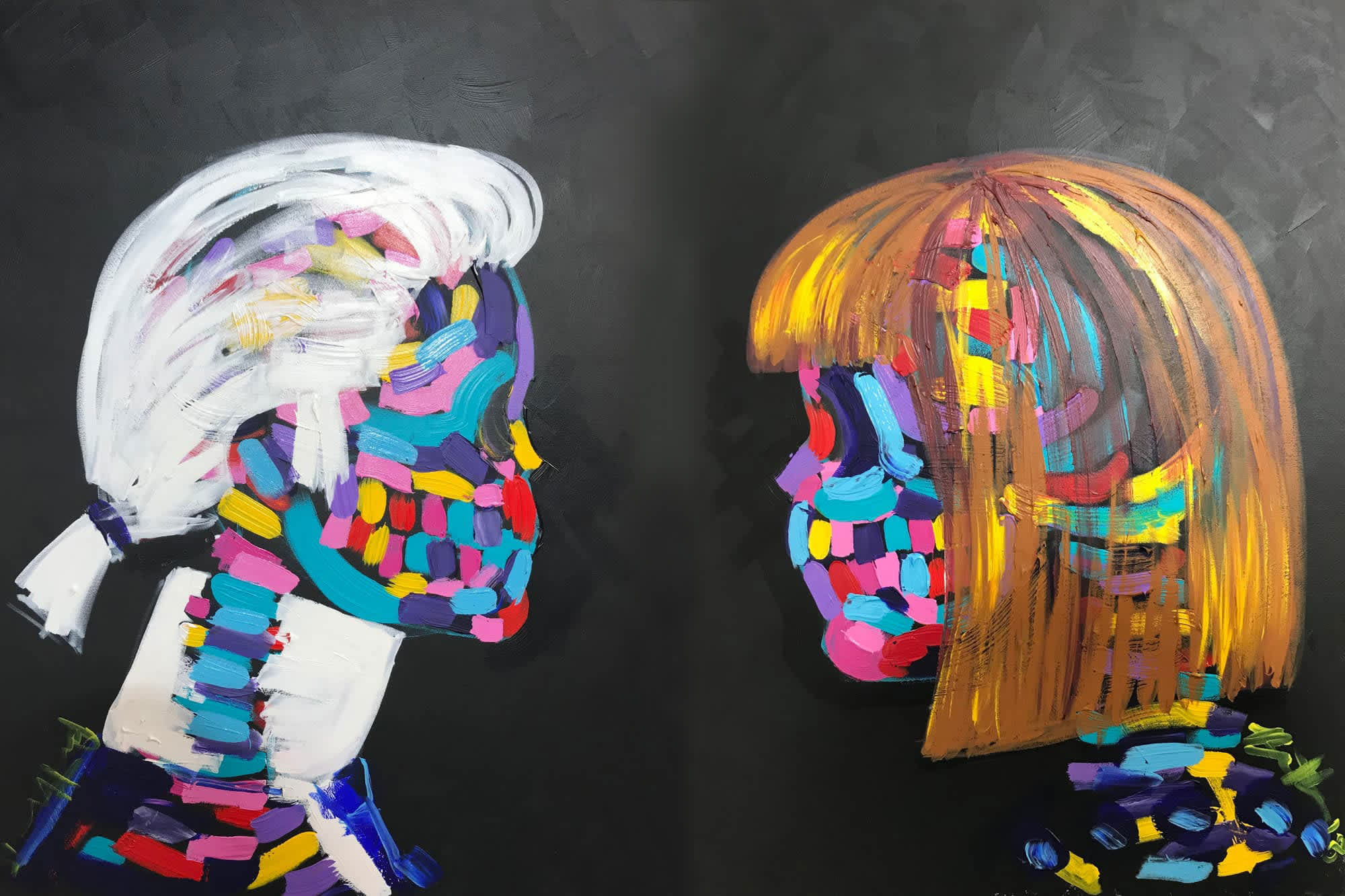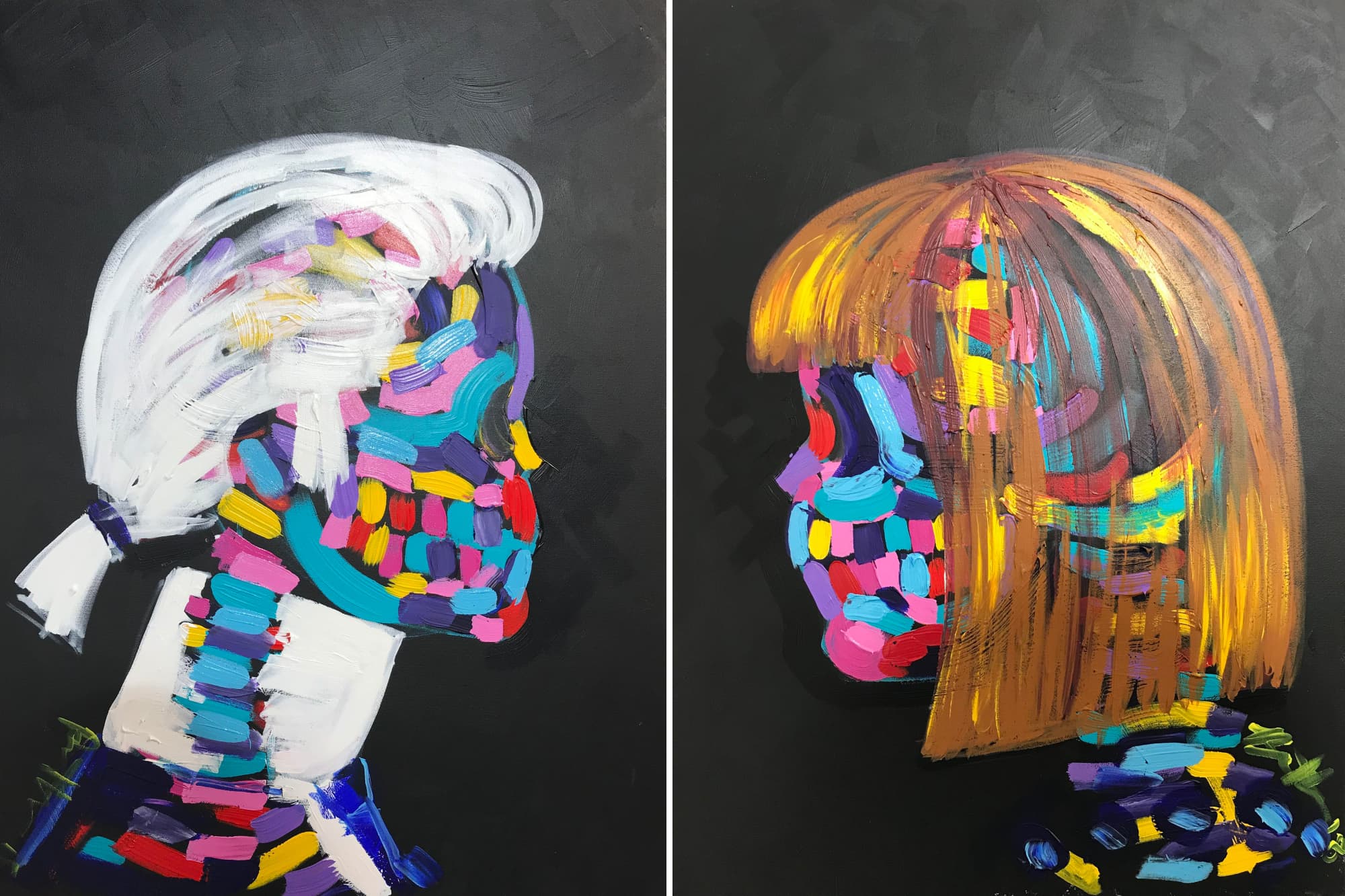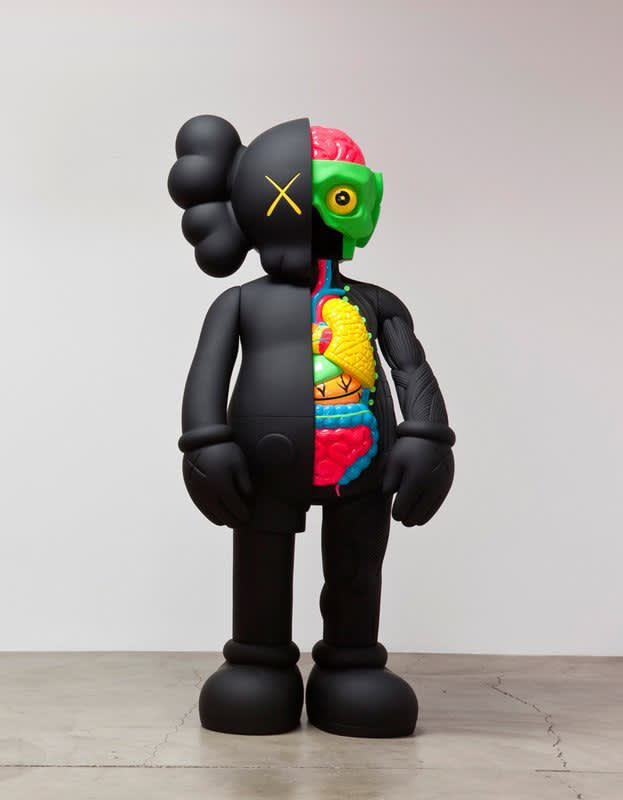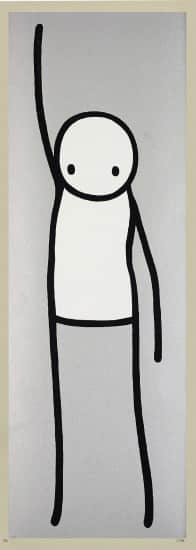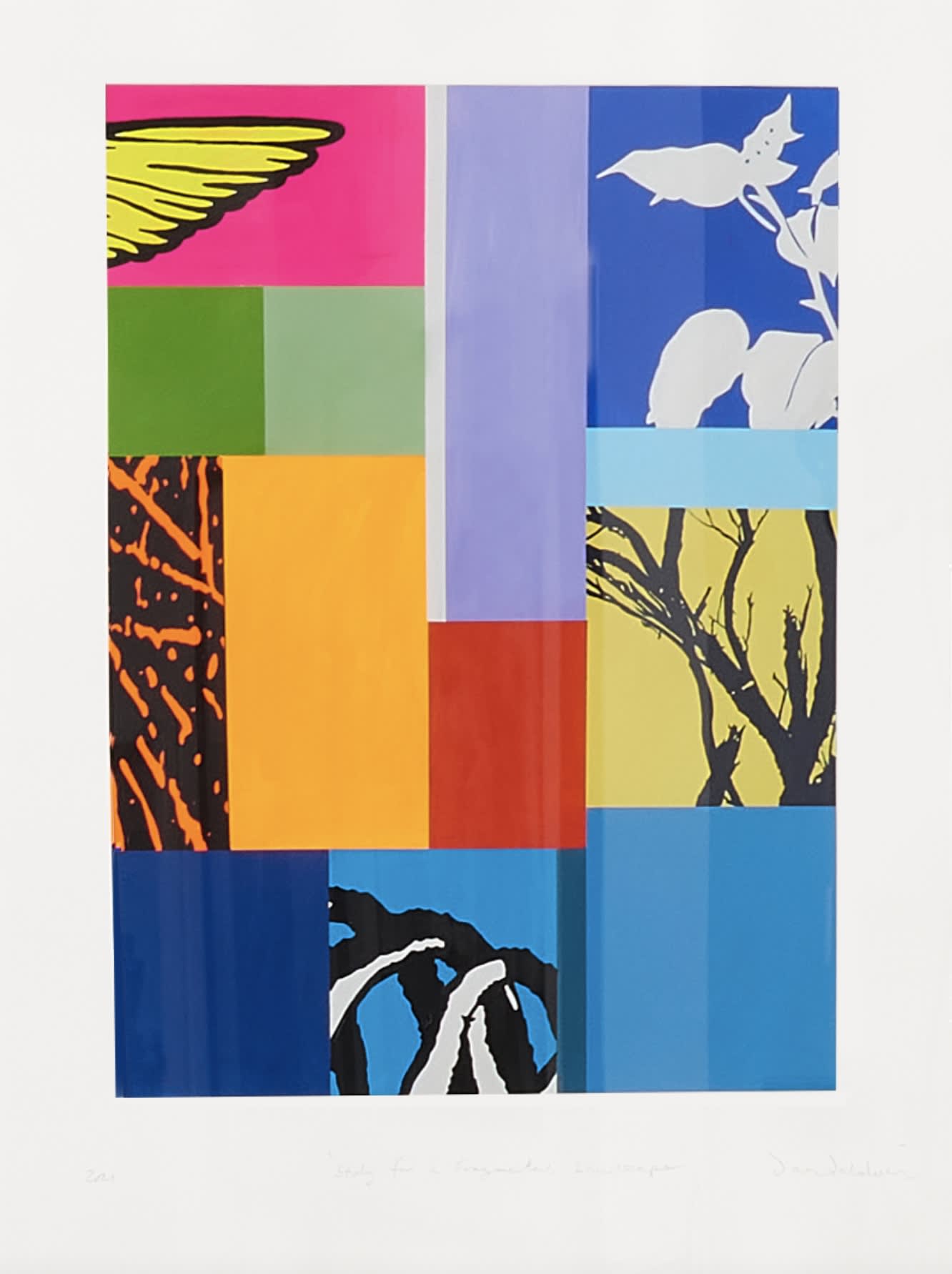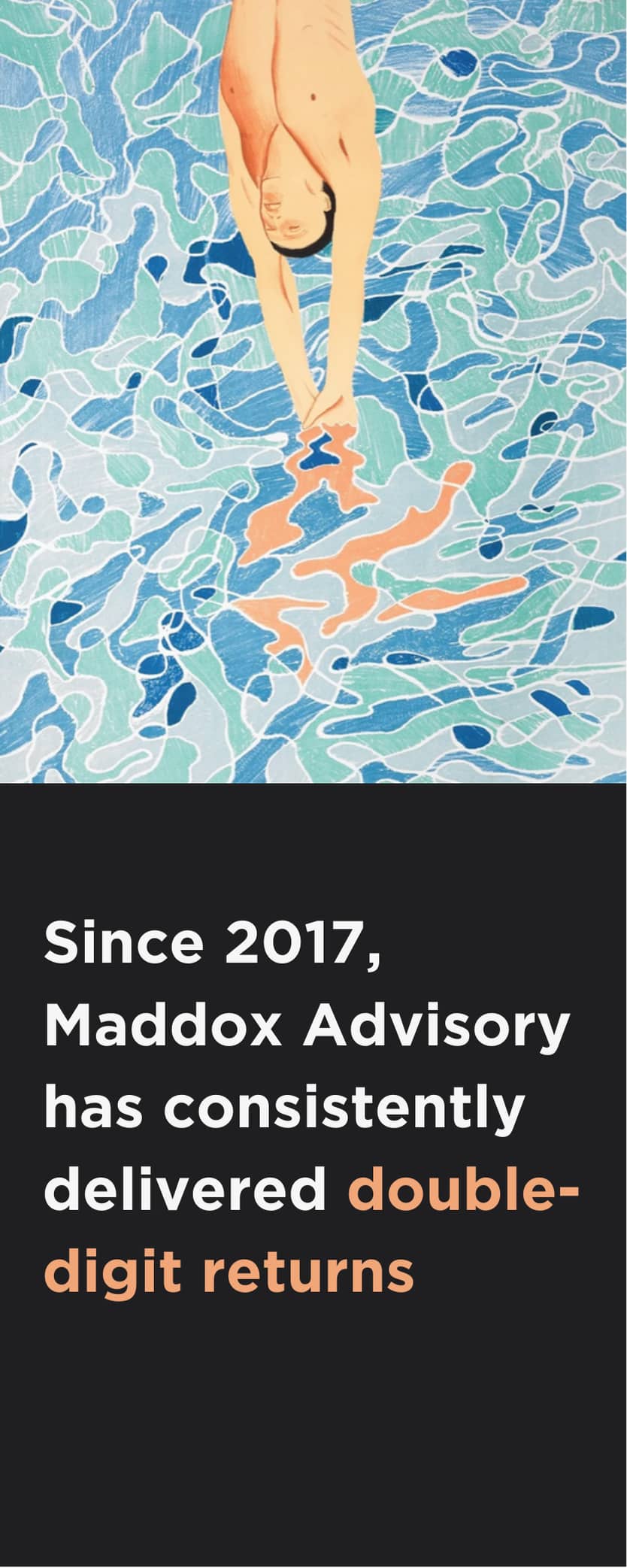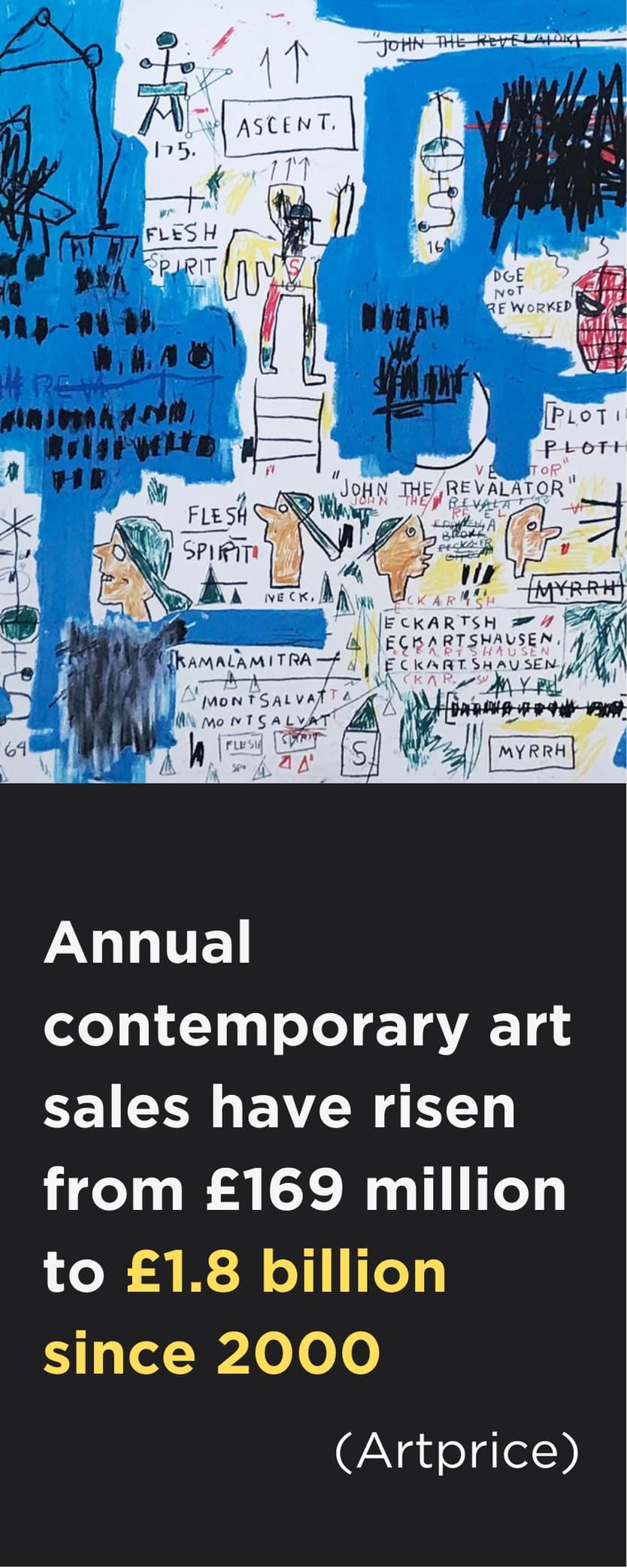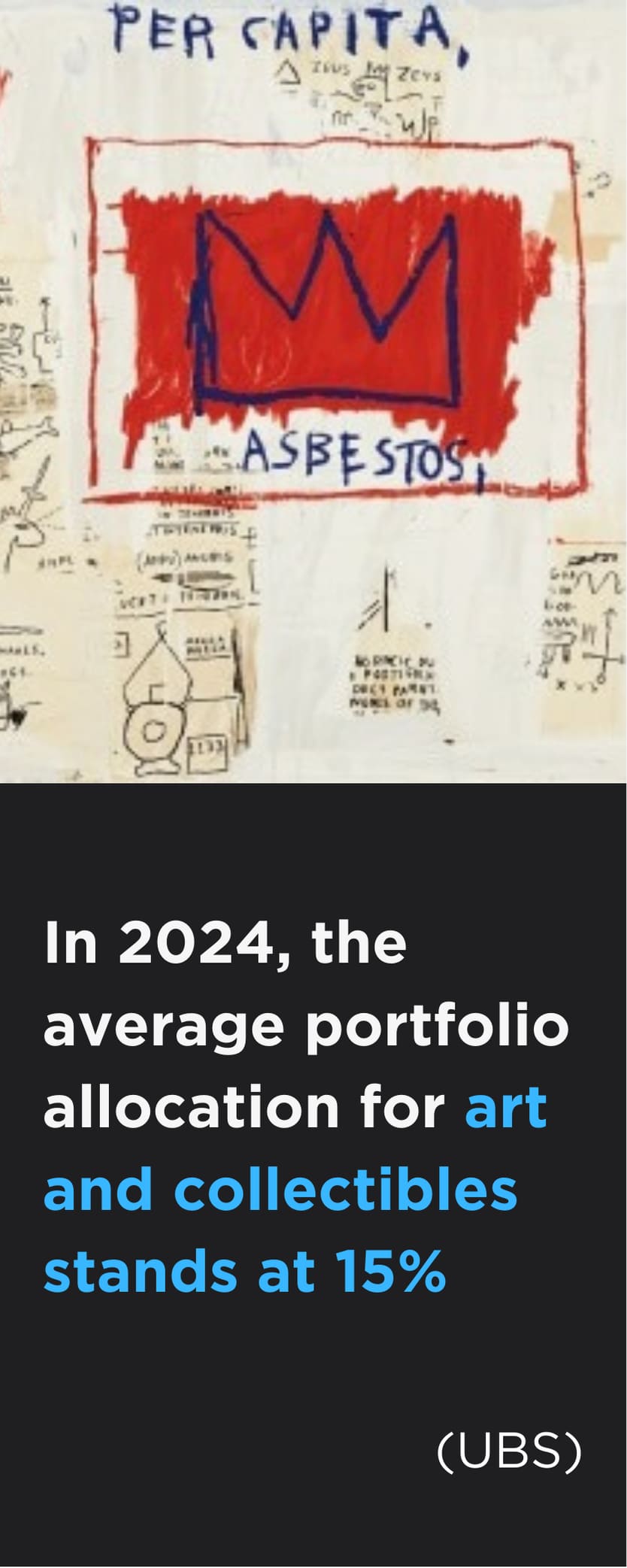Maddox Chairman James Nicholls and his wife, Danièle, give us their top 7 tips on collecting art as a couple, from how to decide what to buy as a duo, to knowing when is the right time to sell.
Some of the greatest art collections in modern history have been accumulated by couples, from Eli and Edyth Broad to Herbert and Dorothy Vogel. Collecting art in a pair, however, poses its own unique challenges and is seemingly less straightforward than for those acquiring art alone.
For Maddox Gallery Chairman James Nicholls and his wife Danièle, art has always played a special part in their lives. With Danièle studying at the world renowned École des Beaux-Arts in Paris and James a TV art critic and art expert, the couple started their art portfolio with a foundation of knowledge that few can boast. Now many years into their collecting journey, the creative couple give us their top tips on how to collect art as a duo, revealing how they have achieved an art portfolio that is both balanced and equally enjoyed.
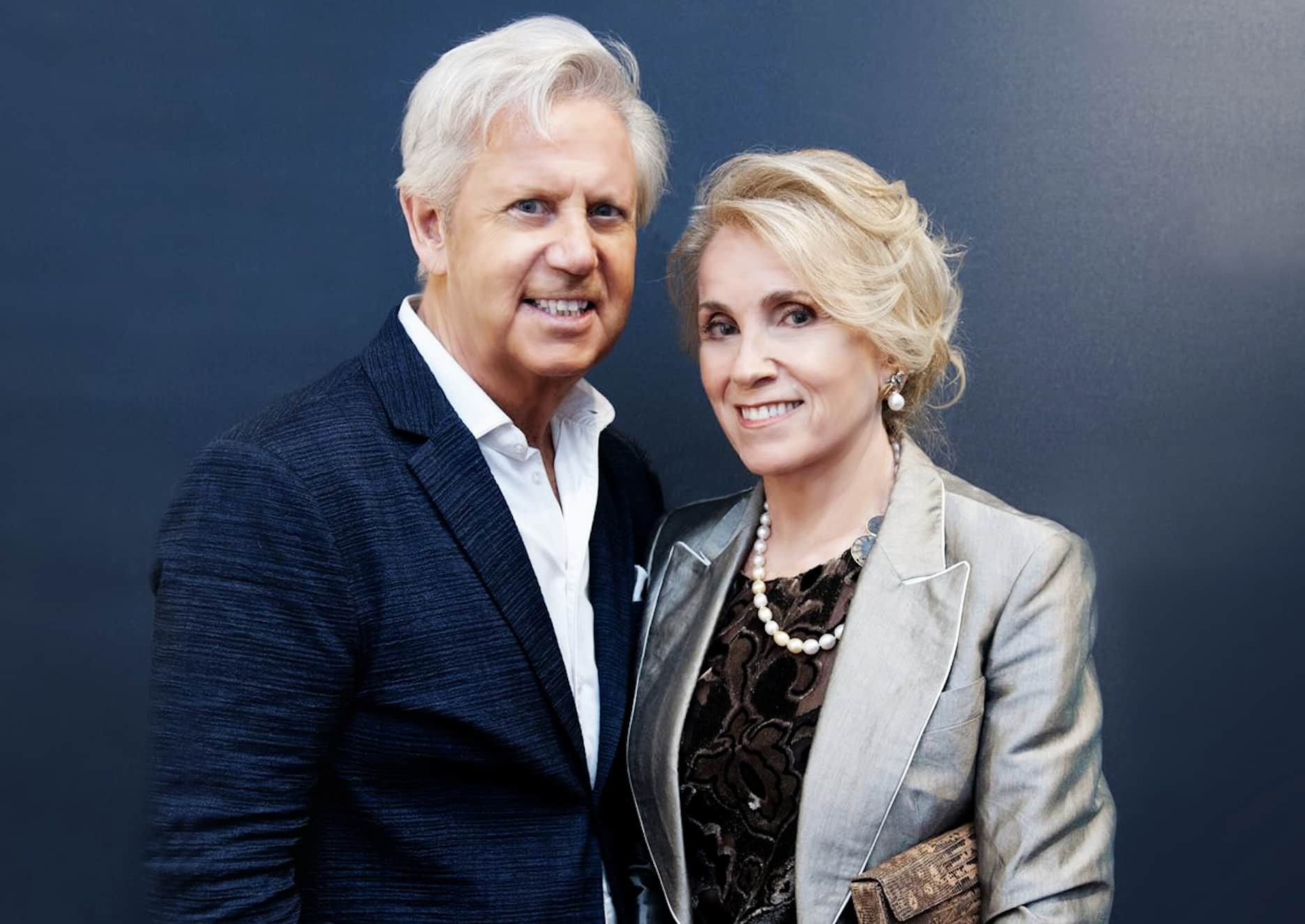
JAMES AND DANIÈLE NICHOLLS
“The key pieces of your collection should be enjoyed by the both of you”.
A successful collecting partnership is all about compromise and mutual respect, and as Danièle and James both acknowledge, it is important to have strong key works in your collection that both halves of the couple admire.
“We are very lucky that we have similar taste”, Danièle notes. “We rarely disagree when we discover new paintings as we are both fond of the same genres, but we appreciate that for other people this may not be the case”.
When building your art portfolio, aim to have two to three important pieces that anchor your assemblage and make up the central core of your collection. These artworks should be equally adored by both members of the partnership, creating an equal foundation to build upon.
BRADLEY THEODORE, KARL & ANNA, 2018
“If one of you has particular interest in a piece and the other isn’t as sure, you should still acquire it”.
Whilst it is important to have a central foundation of artwork that you both enjoy, Danièle also points out that it is okay to disagree and still acquire artworks that only one of you likes.
“You don’t both need to love every single work of art you purchase. If you feel very passionately about a work of art and you are certain you want it - buy it. Have it in your office or somewhere private so that you can still enjoy it”.
James also adds that “over time, your partner may also grow to like it as well”.
A great joy of collecting in a couple means that you are exposed to artwork you might not initially choose. With time, however, you may come to enjoy unexpected pieces, broadening your tastes and widening your collection.
RICHARD HAMBLETON, UNTITLED, 2014
“Acknowledge that your taste will collectively evolve over time”.
James points out that “as your taste evolves over time, so will your collection. You will come to love things that you weren’t so sure about and become attracted to new colourways and styles”.
“When we were younger, we were attracted to more energetic colours” states Daniele. “We acquired a lot of strong primary colours like vivid reds and blues but now we are older, we generally prefer a palette that is not so strong”.
“The same goes for style too” James adds. “There are genres and styles that I have started to appreciate over time which are so different from the art we used to collect when we were first together. Justin Bower’s art is an excellent example of this. We have really come to appreciate his work”.
JUSTIN BOWER, FAITH HEALER II, 2021
“Move your art around in your home to give works new life”.
Once you have had an artwork in your collection for a certain amount of time, it can be easy to become accustomed to it, no longer feeling the initial attraction you first felt. The Nicholls’ have come up with an ingenious remedy to a collector’s worst nightmare!
“We move the artwork around in our house time to time” says James.
“It is easy to become blind to an artwork but moving the location of the work will help you rediscover it”, adds Danièle. “A different location or even just different lighting helps you to enjoy the art afresh”.
KAWS, FOUR FOOT DISSECTED COMPANION (BLACK), 2007
“Don’t regret any purchases as every artwork represents a certain moment in your life”.
When asked if she has ever regretted acquiring an artwork, Danièle replies that she simply looks at her art collection like reading a book of her life.
“Each artwork represents a specific time or moment in your life together, so never regret buying a work. By looking at a painting or sculpture, you can be transported to a certain moment, time or location. You can reflect on chapters of your life like reading a book”.
James expands, saying “sometimes I look at a certain artwork we have, and it reminds me of the first time we went to Paris together or when we first discovered that new artist. Every artwork represents something personal”.
“It is okay to move on and sell works to allow space for new works”.
For many couples, having double the number of collectors can often mean that you end up with double the artwork, which can make finding space for new pieces an incredibly difficult task. For James and Danièle, they emphasise the equal importance of knowing both when to buy and when to sell an artwork.
“When we collect a work of art, we become custodians for that artist and their legacy. It is both a responsibility and an honour. However, sometimes it is time to let others become that custodian, let someone else enjoy the artwork”.
Danièle adds that you should “never be afraid to move on and get something different. There are some works we will never sell but with other works, sometimes we sell them to allow space for new acquisitions, especially from new artists”.
DAN BALDWIN, STUDY FOR FRAGMENTED LANDSCAPE, 2021
“Learn as much as you can and get professional advice”.
James states that “although we are both well versed in art, neither of us have stopped learning during our collecting journey. We thoroughly enjoy visiting exhibitions, fairs and discovering new talented artists.
I have numerous international clients that I am enjoying helping with the process of educating about art and building their collections.
Peggy Guggenheim who left a great legacy to the art world once said “I took advice from none but the best. I listened, how I listened! That's how I finally became my own expert” and I think that is profound advice.
We rely on professional guidance as well as learning as much as we possibly can about specific artworks and the artists themselves. So, if there was one main piece of advice I could give to any collecting couple, it would be to enjoy, the process and learn, learn, learn!”
